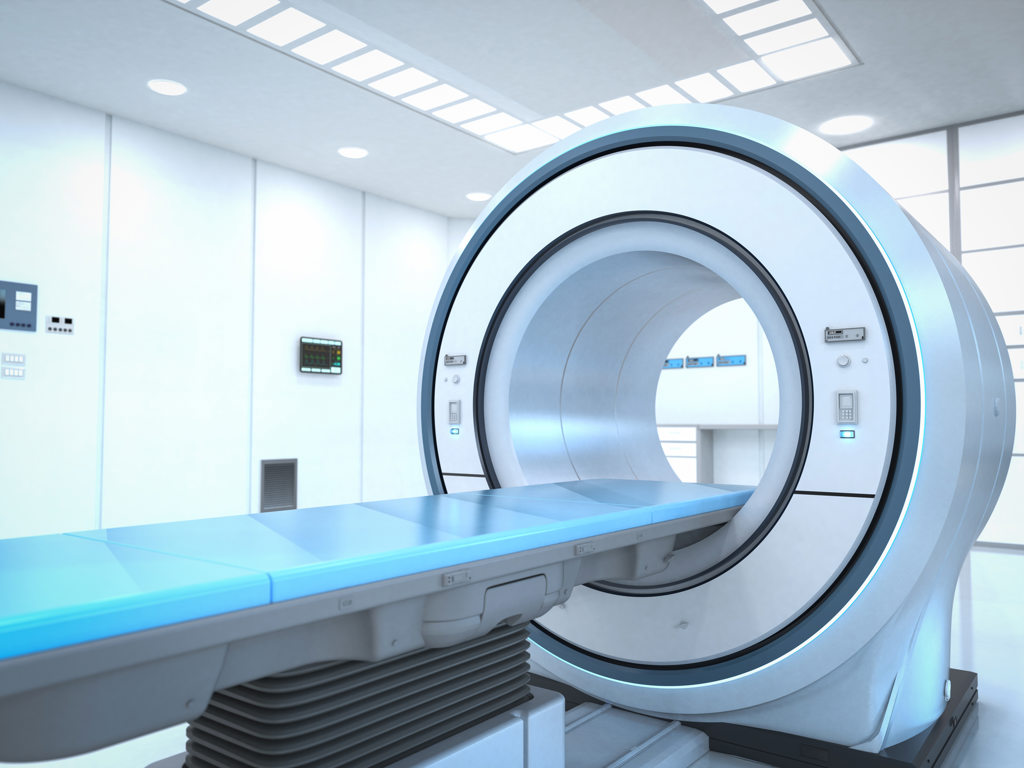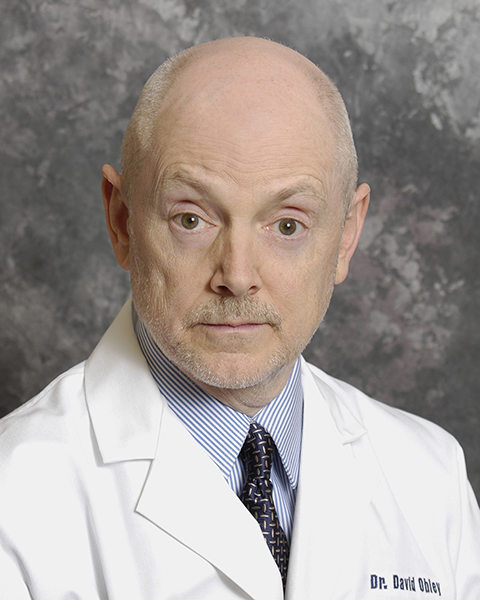Get the Picture: How Doctors Use Medical Imaging to Treat Patients

Healthcare providers are superheroes who do amazing things, but even they do not have X-ray vision. That’s why they rely on medical imaging, also known as radiology, to see what is happening inside your body when you are sick or injured.
Healthcare providers use medical imaging procedures to diagnose, monitor and treat illnesses and injuries. These procedures play a crucial role in determining if surgery is needed, pinpointing the location of tumors for targeted treatment and removal, identifying blood clots or obstructions, guiding surgeons in joint replacements and aiding in procedures that involve the placement of internal devices such as stents or catheters.
There are many types of medical imaging, and a healthcare provider may use one or a combination of techniques depending on the illness or injury.
“A CT scan, also known as computed tomography, is an X-ray technique that scans your bones, organs, blood vessels and heart,” said David L. Obley, MD, a board-certified radiologist at Penn Highlands Healthcare. “It is a simple, safe, and virtually painless test that produces images that can be recreated in different angles to help detect conditions that do not appear on a conventional X-ray.”
CT scans are used to identify a variety of conditions, such as tumors or lesions in the abdomen, suspected heart disease and locating injuries, tumors, blood clots, hemorrhages and other conditions in the head. CT scans are also effective in imaging the lungs to identify respiratory conditions, emphysema or pneumonia, as well as imaging complex bone fractures, severely damaged joints and bone tumors, because they provide a better image than conventional X-rays.
DEXA (dual-energy X-ray absorptiometry) is a bone density scan that uses low levels of X-rays to measure the mineral content of the bones in certain areas of the skeleton. It is a way to measure bone loss as you age, and medical experts consider DEXA scans to be the most useful, easy and inexpensive test to help diagnose osteoporosis and risk of fractures. DEXA scans can also measure body composition, such as body fat and muscle mass.
An MRI uses a very powerful magnet to produce detailed 3D images that help healthcare providers make accurate diagnoses of the abdomen, chest, head, joints, neck, pelvis, spine and other areas of the body.
MRIs are often used to image soft tissues in the body. Compared to regular X-rays and CT scans, it offers enhanced clarity in visualizing the brain, spinal cord, nerves, muscles, ligaments and tendons. It is also the most frequently used imaging test of the brain and spinal cord.
PET stands for positron emission tomography, a powerful diagnostic test that has a major impact on the diagnosis and treatment of disease. PET can detect and stage most cancers, often before they are evident through other tests. PET can also give your physician important early information about heart disease and many neurological disorders, like Alzheimer’s.
“Instead of detecting changes in the physical size or structure of internal organs, as other traditional imaging technologies do, PET detects changes in the cellular function,” said Dr. Obley. “Since these functional changes take place before physical changes occur, PET can provide information that enables your physician to make an earlier diagnosis or to determine if current treatment is working effectively.”
Nuclear medicine can provide accurate images that help technologists and physicians study the body’s internal organs and tissues. It can also help detect cancer, heart disease, arthritis, fractures and infection.
Nuclear medicine involves administering a small amount of radioactive material in the body through injection, IV, capsules, special tubing or inhalation. The isotope then travels to target organs and tissues and gives off gamma rays. These rays are a form of radiation that can be seen only with special equipment.
Nuclear medicine studies are safe and have the same risk as a common X-ray. The studies use small amounts of short-lived radioactive materials that pass out of the body within 24 hours.
Penn Highlands Healthcare offers state-of-the-art digital imaging capabilities at all of their hospitals, as well as X-ray and ultrasound services at outpatient clinics. All Penn Highlands technologists are registered by the American Registry of Radiologic Technologies, and many carry a specialty-level credentialing in CT, nuclear medicine or mammography. To learn more, visit www.phhealthcare.org/imaging.

